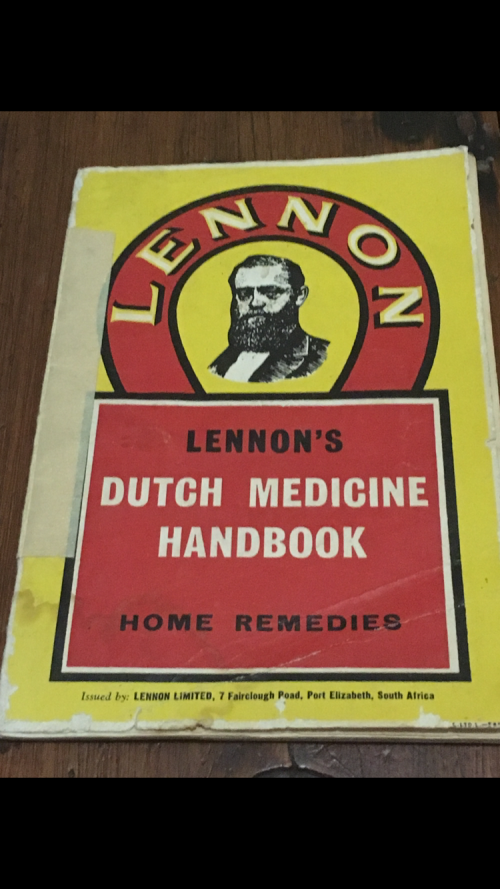

Our article builds upon previous contributions in dark tourism (eg Ashworth & Hartmann, 2005 Biran & Hyde, 2013 Buda, 2015a Buda et al., 2014 Carrigan, 2014 Light, 2017 Stone, 2012, 2013 Stone et al., 2018). While emotions have received some attention in dark tourism studies (Biran & Buda, 2018 Buda, 2015a Nawijn & Biran, 2018 Nawijn, Isaac, van Liempt, & Gridnevskiy, 2016 Picard & Robinson, 2012 Tucker, 2009, 2016 Waterton & Watson, 2014), ‘to date only one researcher has explicitly focused on the affective dimensions of dark tourism in the context of travel to dangerous places (Buda, 2015a, 2015b Buda, d’Hauteserre, & Johnston, 2014)’ (Light, 2017, p. However, very little has been produced on the felt experience of dark sites. It has caught the attention of the wider public (Blackwell, 2013 Hodge & Weinberger, 2011 Istvan, 2003) and of academics mainly in tourism studies (Ashworth & Hartmann, 2005 Buda, 2015a Cohen, 2011 Dann, 1998 Foley & Lennon, 1996 Johnston, 2012 Lisle, 2007 Podoshen, 2018] Podoshen, Venkatesh, Wallin, Andrzejewski, & Jin, 2015 Seaton, 1996, 2009 Sharpley, 2005 Sharpley & Stone, 2009 Skinner, 2012 Stone, 2006, 2012, Stone, Hartmann, Seaton, Sharpley, & White, 2018 Tarlow, 2005). Most places of death, disaster and atrocities negotiate painful pasts, ethically problematic situations, politically oriented discourses on memory and heritage (Godis & Nilsson, 2016), strong emotional and affective reactions – such as pain, fear, empathy, catharsis – from locals as well as visitors.ĭark tourism refers to visitations to places of death, disaster and atrocities (Foley & Lennon, 1996), which increasingly form part of the tourism landscape. They might deeply offend and unsettle visitors, triggering shock, anger, but also wonder and excitement. What is ‘unique’ about these places is their power to engage with representations of death. In many cases, indeed, places are consciously constructed to enhance such reactions (Weaver et al., 2018). Its relevance originates from the fact that dark tourism sites can elicit strong and complex reactions by their nature (Buda, 2015a Seaton, 2009). Our aim is to offer understandings of dark tourism as an affective socio-spatial encounter, and investigate the role of affect in how people know, feel, experience conjunctures/disjunctures of dark moments, as well as accounting for the ambiguities and tensions that seem pervasive in these dark spaces and practices. This is a conceptual article whereby we frame dark tourism studies via socio-cultural theories of affect.

3 In Ukraine, due to the tense political situation, general tourism dropped by 48% in 2014, but in Chernobyl, the well-known place of the 1986 nuclear disaster, tourism is on the rise: 50,000 people toured the area in 2017 – a 35% rise on 2016. 2 Since its opening in 2011, and more than a decade and a half after the 9/11 catastrophe, the new Ground Zero Memorial attracted more than 37 million visitors.

In 2017 more than 2 million people visited the Auschwitz-Birkenau Memorial. 1 Amongst tourists, a growing percentage is setting its eyes on an emerging market: tourism to places of death, disaster and atrocity (Lennon & Foley, 2000). The tourism sector contributes to the global economy with figures in the trillion of dollars, and moves more than 1.2 billion people every year (UNWTO, 2017).


 0 kommentar(er)
0 kommentar(er)
